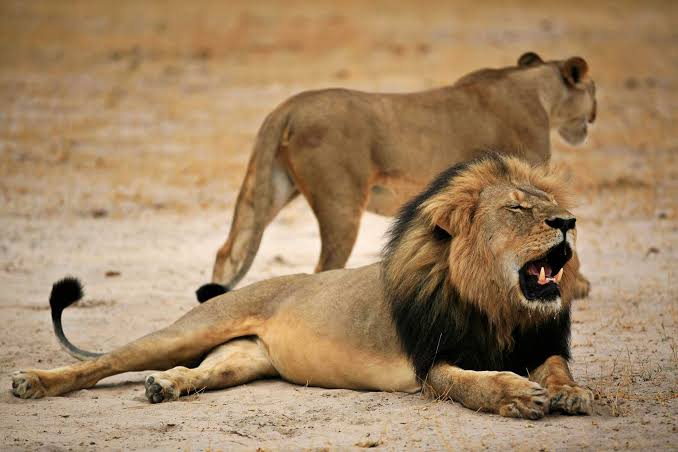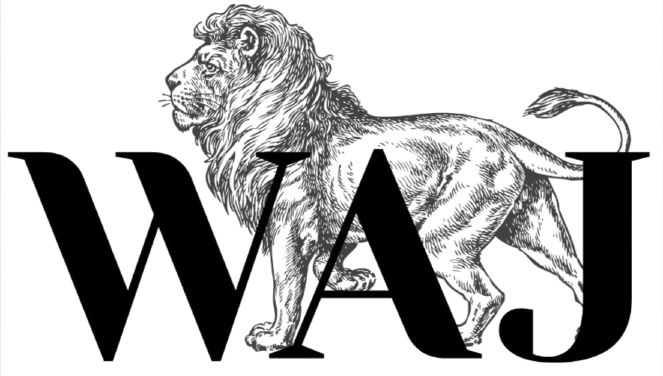In a suspected case of ritualistic poaching, three lions were shot and beheaded in Hwange National Park, Zimbabwe, an event that may mark the first occurrence of such practices in this area, according to the Zimbabwe National Parks (ZimParks). This brutal act raises serious concerns about the increasing threats to wildlife and the disturbing trend of poaching for ritualistic purposes.
Tinashe Farawo, a spokesman for ZimParks, elaborated on the incident, stating, “The poachers used a heavy-caliber rifle, and the brutal method suggests the poaching was linked to rituals.” This highlights the alarming nature of the crime, indicating a shift in poaching motivations and the potential targeting of wildlife for cultural or spiritual beliefs.
This tragic event coincides with a notable rise in human-wildlife conflict, which ZimParks attributes to severe drought conditions negatively impacting agricultural productivity across the region. As a result, animals, including lions, have increasingly wandered into human settlements in search of food and water, particularly following the unfortunate deaths of over 160 elephants last year, which were exacerbated by the harsh environmental conditions.
Farawo further explained, “Elephants, lions, and other big game have been straying into populated areas as they seek sustenance, leading to increased tensions between wildlife and humans.” This escalation of conflict poses significant challenges for both conservation efforts and local communities as they navigate the complexities of coexistence with wildlife.
While lion attacks on humans occur occasionally in Zimbabwe, the hunting of lions remains a contentious issue, often sparking debate and backlash from conservationists and animal rights advocates. The 2015 killing of Cecil the Lion drew widespread international condemnation when a hunter, having paid around R900,000, lured the lion with an elephant carcass before shooting him, igniting a global outcry over hunting practices.
In a similar vein, in 2018, six lions owned by South African wildlife park operator Christa Saayman were found with their heads and paws removed near Pretoria, further underscoring the brutal realities faced by these majestic animals in the region.
According to the International Union for Conservation of Nature (IUCN), the wild African lion population has drastically declined to approximately 23,000 from around 200,000 at the beginning of the 20th century. In Zimbabwe, the estimated lion population stands at about 2,000, while South Africa is home to over 8,000 lions categorized as in captivity and roughly 3,500 roaming freely in the wild, highlighting the precarious status of these iconic animals in their natural habitats.

